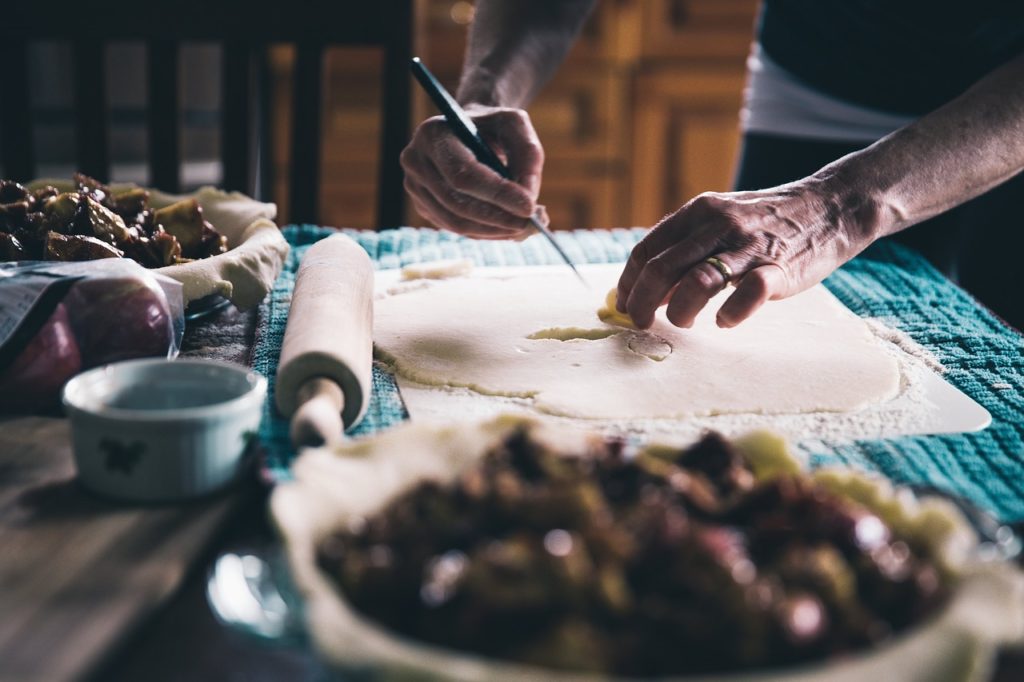The beta reading process follows a simple straight line formula but can become a little tricky when dealing with the details. Today, we take a look at each step and prepare you for some key decisions you’ll have to make. If you need to catch up with Part 1 first, check out the series page for the full menu.

Prepare Your Story
Before you can begin the beta reading process, you should get your story ready. After you finish your first draft, give it a read and edit as you go. Indulge all those urges you had while writing to polish up the language and tweak things, but don’t get bogged down trying to make it perfect.
Next, decide if you’re going to beta read your entire story before collecting feedback, or break it up into chunks and collect feedback after each one before moving on. I would recommend doing it in chunks for the first few rounds, but we’ll talk about that more in the next post.
Recruit Readers
The next step in the beta reading process is to gather up some readers. Seems obvious really. If you’re looking for readers, reach out to friends, family and co-workers. Go through your social media platforms too! If someone is not interested in being a reader, ask for recommendations. There are also some services out there to help you gather readers for a fee.
When recruiting readers, keep an eye on diversity. Even if you are hard-core targeting a specific group (eg: young adult women that live in small-town northern Iowa) you should still include some readers outside of that niche. Try to get people from different locations, ages, genders, religions, and cultures. No matter how narrow your niche, people are odd shaped and don’t stack well. Adjust your plans accordingly.

Let Them Read
Once you have your group, let the betas read a copy of your story. Be sure to give them time to read it and don’t harass them while waiting. They’re you a favor and not members of your slave army, so be patient and kind.
However, if someone is lagging behind check in with them or give a friendly reminder. If one of your readers disappears or wants to quit, try to get in touch to find out if the cause was the story or something else. If you can’t reach them or they don’t want to say why they’re leaving, wish them well and replace them with no hard feelings. Life gets in the way, sometimes people don’t want to talk about it, and that’s okay. Also note: Not your slave army.
Gather Feedback
When your betas finish reading, send them a questionnaire or schedule a live interview. Interviews are information gold mines, but are going to take time to organize. Questionnaires are faster for everyone and easier to analyze, but not as information rich. If you are torn between the two, just remember you can do both! I’ll go over some tips for what questions to ask in the 4th part of this series.
Pacing is going to be a factor as well. If you’re doing the chunk method, decide whether you want to keep everyone on the same schedule or have them work at their own pace. If you’re doing an all-in-one round of beta reading, decide if you want to collect all the feedback at the end, or at specific points in the story.
Bonus Note: Gather exit feedback when you can, interviews if possible. Do this at the end of the process and if someone quits during reading. Exit interviews are great for gathering information on the overall story and how the beta reading experience was. Just remember, if someone doesn’t want to participate in an exit interview then that’s okay: Not your slave army.

Analyze and Repeat
Once you have gathered your feedback, read through it and look for tweaks you need to make. Conversely, watch for elements your audience loved and DO NOT MESS WITH THOSE! Lean into them if you can.
Jenna Moreci, a successful You-tuber and author, has a color-coded highlighting system that is pretty amazing. At a glance, she can see how much work her story needs and where, plus when there is a majority of good highlights she knows she’s done. Here’s her video explaining it.
Fair Warning! Jenna tends to use some strong language.
On the topic of being finished, this is not a once-and-done process. With both methods, you are going to want to make your edits and then repeat the entire process with new betas until you’re satisfied with your product.
Wrap Up
The structure of the beta reading process is fairly simple: Prepare your story, gather readers, let them read, get feedback, analyze, repeat. How you go about doing each of these steps is largely up to you, but by now you should have a decent idea of where to start. In the next post, we’ll look at some specialized approaches that can net you different results. See you then!


